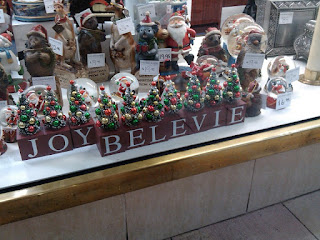There are several standard errors that scream “newbie”. A good editor will make sure the writer fixes these up, but not every editor notices, not every author does what their editor says, and with the rise of self publishing there are more authors than ever doing their own thing.
So please, make sure your book does not contain any of these things.
The blurb that tells the entire story.
That thing you write telling the entire story? That’s called the synopsis. The blurb is meant to be brief, introducing the reader to the main characters and the main plot point, without giving the reader any extra information. In particular never reveal the spoiler or the conclusion. Also, don’t end the blurb with the book’s title, or a question. That screams newbie too.
Opening with the heroine standing in front of a mirror describing herself (or a reflective pool of water or…)
The opening of the book is your one chance to hook the reader. It needs to be action. If the villain is going to grab her by her long red hair hair, fine. Let him so that. Then we’ll know she has long red hair. Don’t tell us as well.
Similarly don’t have her looking at her straight white teeth as she cleans them. Most people who look in the mirror notice their faults. This is a very weak way for description. It’s much better done in action scenes, or at least by another character.
“I would never have chosen that shade of orange with your red hair but actually it looks okay,” said her sister.
Tying up the story with a big pink bow at the end.
No, we don’t want plot holes or loose threads, but we don’t want absolutely every secondary character placed neatly in a box or married off either. If this book is successful, those secondary characters are needed for the sequel. Leave some mystery and opportunities for a sequel, and skip the epilogue with two kids and a dog frolicking on the front lawn. It’s old and boring.
Helen Woodall
helen.woodall@gmail.com
Helen is available to line edit and/ or content edit fiction and non-fiction. Rates on application.










